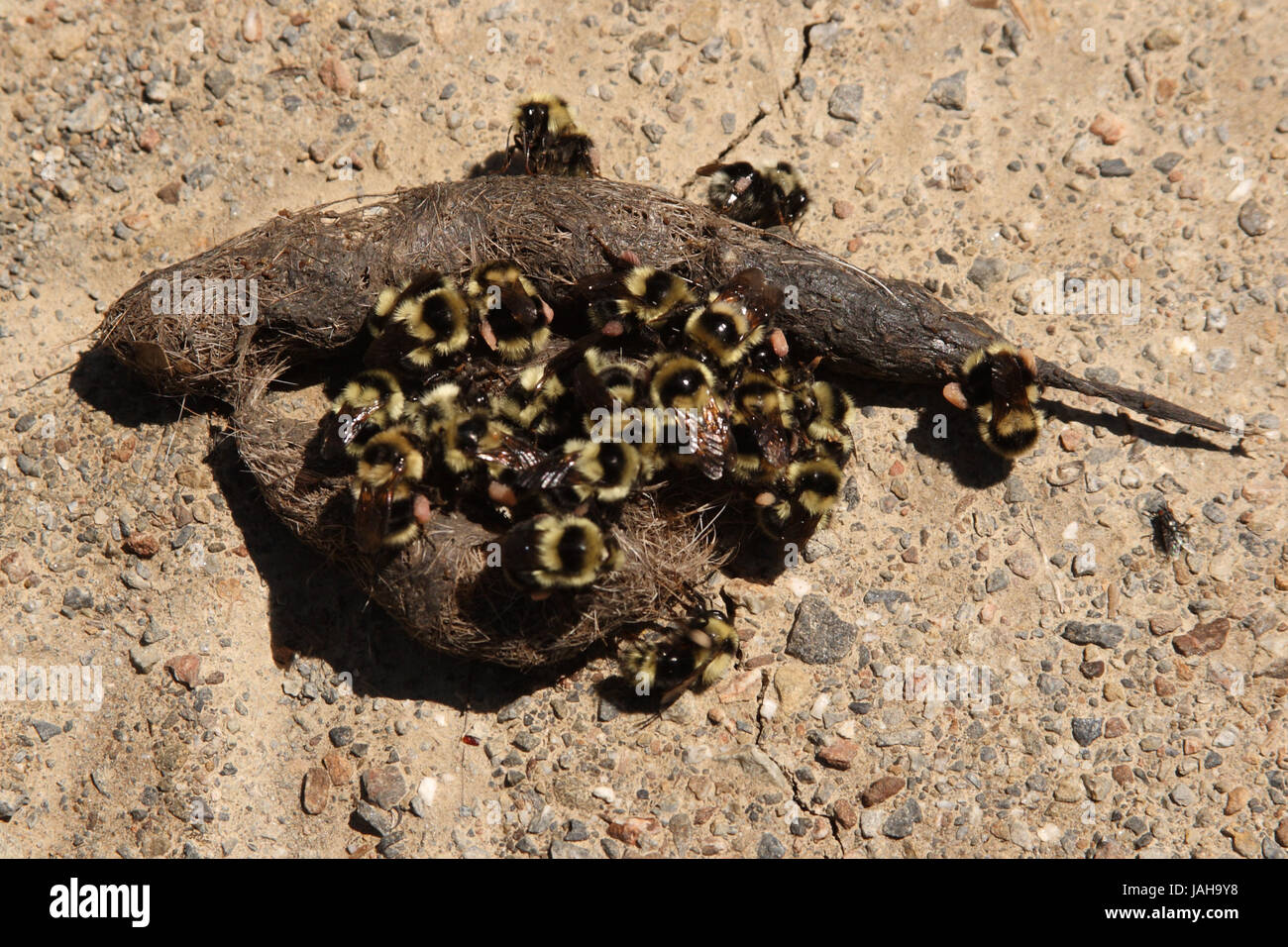

A fairly reliable way to do this, especially with coyotes, is by learning to identify their scat(poop). When hunting sly prey-such as the coyote-you’ll need to find a different way to track them. More information on wildlife management is available online from K-State Research and Extension, or with a visit to your local Extension office. With deer, for instance, some patience and observation will typically show you where they like to hang out and you can set up based on where you’ve seen them in the past. Ricketts says foothold traps should be placed in areas where there are coyote tracks or scat, near pond dams or a trail, or in a specific area where the problem is occurring. However, these guys are sneaky and aren’t always as easy to spot as some animals you may have hunted in the past. The easy answer to this problem is to hunt where there’s lots of coyotes. It can be hard to find the perfect spot when you don’t have tons of experience to guide you, and hours in the stand with no ‘yote in sight can be pretty demoralizing.įURTHER READING ➜ 5 Of The Absolute Best Coyote Baits ➜ Get That Pelt! How To Skin A Coyote ➜ “When Is The Best Time To Hunt Coyotes?” Searching For The Perfect Shot The red wolf scat we placed at the access point did not deter any of the mesocarnivores from entering the pasture.If you’re new to hunting coyotes, you may be spending a lot of time trying to find the best place to set up your stand. In addition to coyotes, the camera traps routinely detected red foxes ( Vulpes vulpes) and raccoons ( Procyon lotor). The study period overlapped lambing and kidding season.

The study was conducted over a 94-day period alternating between no scat and freshly collected scat that was placed every 3 days from adult male red wolves. To conduct the study, we deployed paired camera traps at 3 locations where we had previously observed coyotes ( C.

Coyotes that primarily feed on livestock and other animals will produce dark, soft scat that contains fur and bones. The color and consistency of coyote scat depends on the diet of the pest. In 2018, we tested the concept of a biological deterrent using red wolf ( Canis rufus) scat that had historically been spread along fence lines to prevent depredation of lambs ( Ovis aries) and kid goats ( Capra aegagrus hircus) at the North Carolina State University College of Veterinary Medicine 32-ha Teaching Animal Unit (TAU), North Carolina, USA. Coyote droppings vary greatly in size, although on average they measure between three and four inches long and are about one inch in diameter. In response to increased public opposition to lethal control methods, wildlife managers have sought to identify effective nonlethal biological options to mitigate wildlife depredations. Historically, these interventions have resulted in the use of lethal methods to remove the offending animal. Depredation of domestic livestock by wildlife is a leading source of human–wildlife conflict, often requiring intervention at the local level.


 0 kommentar(er)
0 kommentar(er)
